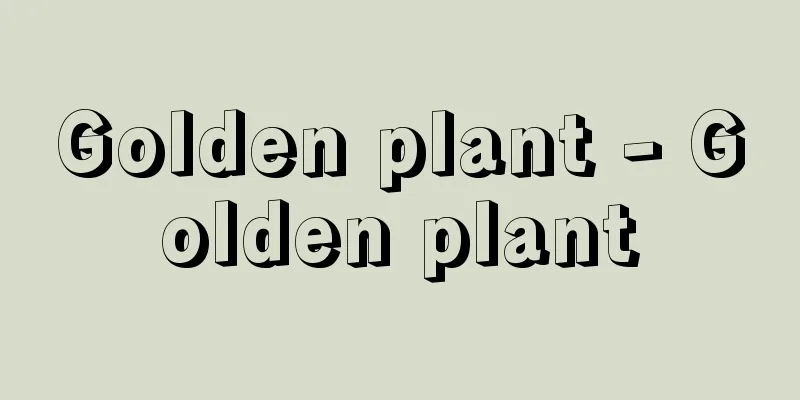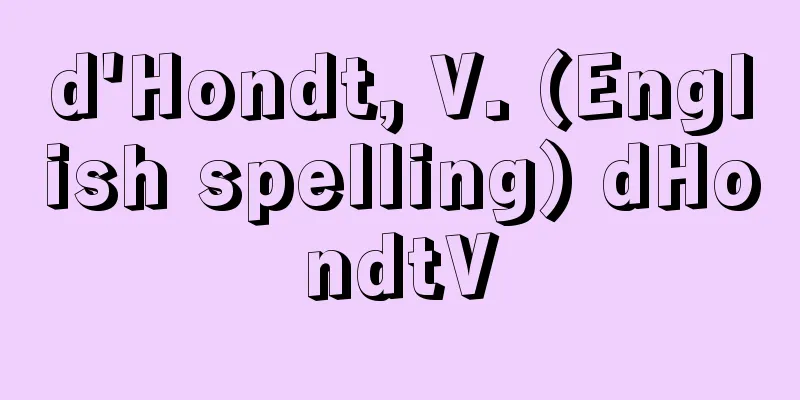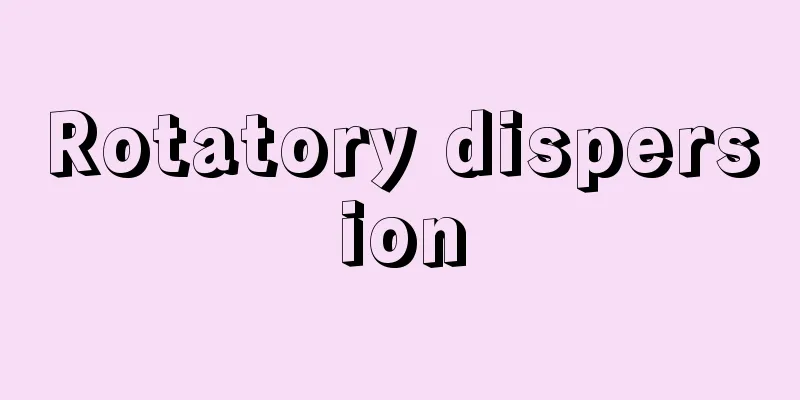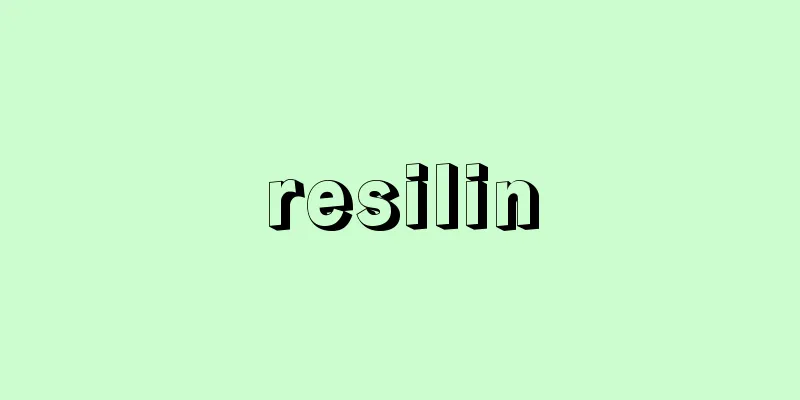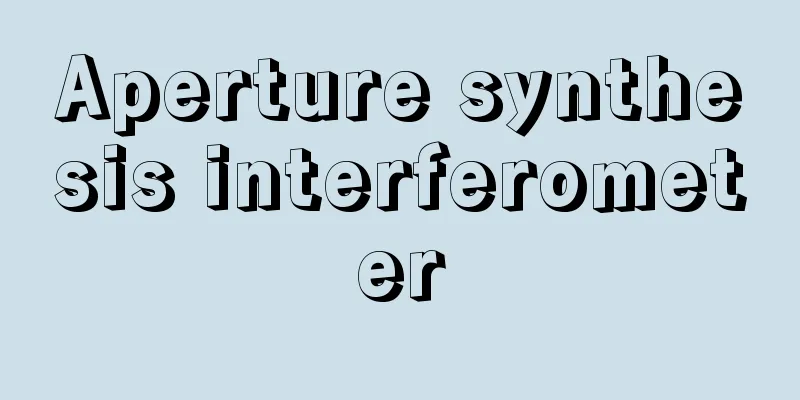Hypoglycemia
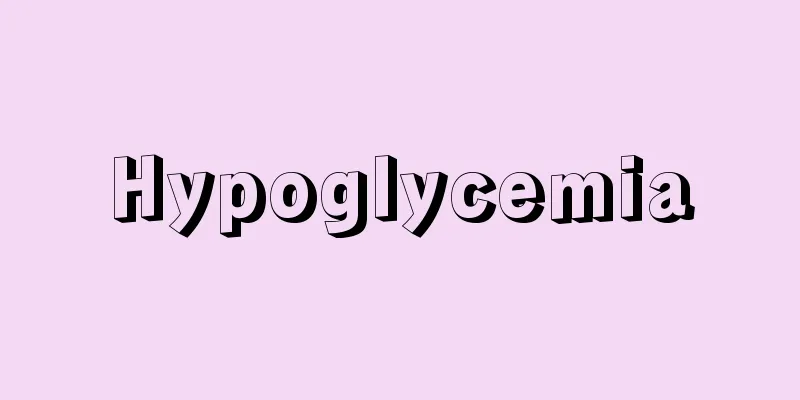
|
Definition and Concept 1) Mechanism of increasing blood sugar: In normal individuals, insulin is the only factor that lowers blood glucose levels, but there are multiple mechanisms for raising blood glucose levels. This is thought to have been acquired during the evolution of mammals to protect individuals from hypoglycemia during periods of starvation, which they often encountered. Important mechanisms for raising blood glucose levels are glycogenolysis in the liver, gluconeogenesis from amino acids and glycerol in the liver, and gluconeogenesis from amino acids and glycerol in the kidneys. When blood glucose levels fall below 80 mg/dL, insulin secretion reaches a basal state, and when blood glucose levels reach 60-70 mg/dL, hormones collectively known as insulin antagonist hormones begin to be secreted (Figure 13-2-33). Insulin antagonist hormones include catecholamines and glucagon, which act immediately, and cortisol and growth hormone, which act slowly. Catecholamines promote gluconeogenesis in the liver and kidneys, inhibit peripheral glucose utilization, promote lipolysis, and inhibit insulin secretion, improving hypoglycemia. Glucagon increases gluconeogenesis primarily in the liver. When catecholamines and glucagon are secreted, their effects are immediate, but cortisol and growth hormone do not exert their effects until several hours after secretion. Cortisol promotes gluconeogenesis and lipolysis in the liver, and growth hormone also acts directly on peripheral tissues such as muscles to inhibit glucose utilization. Lipolysis increases the concentrations of free fatty acids and glycerol, providing substrates for gluconeogenesis. 2) Definition of hypoglycemia/hypoglycemia: There is no clear cutoff value that defines hypoglycemia. Clinically, hypoglycemia is defined as a blood glucose level of 60 mg/dL or lower, accompanied by the symptoms shown in Figure 13-2-33. However, diabetic patients being treated with insulin or sulfonylureas may experience autonomic nervous symptoms of hypoglycemia even when their blood glucose level is above 60 mg/dL as they are rapidly decreasing from hyperglycemia to normoglycemia. Clinical Symptoms Hypoglycemia symptoms can be divided into two categories: symptoms resulting from autonomic nerve reactions, which can be considered warning symptoms, and symptoms resulting from glucose deficiency in nervous tissue (Figure 13-2-33). First, when blood glucose levels fall below 70 mg/dL, catecholamines are secreted, causing tremors, palpitations, tachycardia, sweating, and the patient to become aware of hunger and anxiety. Furthermore, as blood glucose levels fall, normal neural activity is impaired due to glucose deficiency in nerve cells, resulting in impaired vision, double vision, headaches, weakness, impaired judgment, and even abnormal behavior, confusion, convulsions, and coma. In patients who suffer from repeated episodes of hypoglycemia, the blood glucose threshold at which hypoglycemic symptoms appear is lowered. This is because the secretion of catecholamines in response to a drop in blood glucose becomes sluggish. As a result, autonomic nervous system symptoms do not appear, and nerve dysfunction occurs suddenly. In severe cases, hypoglycemia unawareness may occur, with impaired consciousness occurring without any precursor symptoms. Causes and EtiologyThere are various causes of hypoglycemia, and various classifications have been proposed, but here we will explain according to the classification system published by the Endocrine Society in 2009 (Cryer et al., 2009). Note that there are other pathological conditions of neonatal hypoglycemia, so please refer to reference books. Hypoglycemia can be broadly divided into two types: 1) cases associated with diseases that do not have hypoglycemia as their primary symptom, and cases caused by drugs used to treat those other diseases, and 2) cases occurring in people without such pathological conditions who are otherwise normal from healthy people (Table 13-2-23). To some extent, it is possible to distinguish between types 1 and 2 during an early interview with the patient and their family. 1) Hypoglycemia caused by some disease: If case ① is suspected, consider the possibility that it may be due to medication or severe liver or kidney disease. Also consider the possibility of a disease causing insufficient secretion of cortisol or glucagon, which increase blood sugar. Furthermore, consider the possibility that it may be due to a tumor other than that of insulin-secreting cells. It is becoming clear that many medications can cause hypoglycemia (Table 13-2-24) (Anlauf et al., 2005). It is important to inquire thoroughly about medications currently being taken orally or administered. In addition, insufficient secretion of cortisol and glucagon not only leads to insufficient glucose supply from the liver, but severe liver disease or kidney disease can also lead to reduced gluconeogenesis, resulting in hypoglycemia. Furthermore, tumors other than those of insulin-secreting cells can sometimes cause hypoglycemia. This tumor-associated hypoglycemia is mainly seen in liver cancer and mesenchymal tumors. It is thought that excess IGF-II produced by tumors exerts an insulin-like effect, causing hypoglycemia. Endogenous insulin secretion is suppressed. 2) Hypoglycemia in apparently healthy individuals: a) Insulinoma: [⇨13-2-5)] b) Nesidioblastosis: Hypoglycemia caused by hyperplasia of pancreatic islet cells (mainly β cells) (Murad et al., 2009). Unlike insulinoma, which will be described later, in many cases involving β cell hyperplasia, the main cause is an increase in the number of islets throughout the pancreas. Because the increase is in β cells with normal glucose concentration response, hypoglycemia during fasting is rare, and hypoglycemia after meals is more common. The cause is still unknown, but cases have been found after total gastrectomy for gastric cancer and gastric bypass surgery for the treatment of obesity, and it is expected that this will lead to elucidation of the etiology. c) Insulin autoimmune syndrome: An autoimmune disease characterized by fasting hypoglycemia, high serum immunoreactive insulin (IRI), and the presence of insulin autoantibodies in the serum. The first case was reported by Hirata et al. in 1970. More than 200 cases have been reported worldwide, with approximately 90% being Japanese. Many of these patients are taking drugs with SH groups or related structures (e.g., thiamazole, glutathione, α-lipoic acid). Although the cause is unknown, autoantibodies against insulin are produced and bind to insulin in the blood, but for some reason (such as blood acidification after sleep), the binding suddenly detaches, increasing free insulin and causing hypoglycemia. It is thought that the HLA-DR4 antigen, which is common in Japanese people, is involved in the onset of this disease. The IRI value measured immunologically shows abnormally high values (usually 100 mU/mL or more) because the insulin autoantibody competes with the anti-insulin antibody used in the measurement. In many cases, spontaneous remission occurs within 3 months. d) Patients with impaired glucose tolerance accompanied by obesity: In obese people with insulin resistance, pancreatic β cells are hyperplastic. In addition, if sufficient insulin is not secreted in the early stages of postprandial blood glucose rise due to functional abnormalities in β cells, postprandial hyperglycemia will occur. In this case, excessive insulin is secreted, which can result in hypoglycemia 3 to 5 hours after eating. This is generally called reactive hypoglycemia. e) Factitious hypoglycemia: A non-diabetic person develops hypoglycemia after injecting insulin or taking sulfonylurea or phenylalanine derivative drugs. Responses and treatments for hypoglycemia Table 13-2-25 summarizes the responses and treatments for hypoglycemia. Forcing an unconscious patient to drink sugar water etc. should be avoided as this may lead to aspirating. However, by rubbing glucose or sugar between the lips and gums, it is possible to expect a slight rise in blood sugar. [Ishihara Hisamitsu] ■ References Anlauf M et al: Persistent hyperinsulinemic hypoglycemia in 15 adults with diffuse nesidioblastosis: diagnostic criteria, incidence, and characterization of beta-cell changes. Am J Surg Pathol, 29: 524-533, 2005. Cryer PE, et al: Evaluation and management of adult hypoglycemic disorders: an endocrine social clinical guideline. J Clin Endocrinol Metab, 94: 709-728, 2009. Murad HM, et al: Drug-induced hypoglycemia: a systemic review. J Clin Endocrinol Metab, 94: 741-745, 2009. "Causes of hypoglycemia (modified from J Clin Endocrinol Metab, 94: 709-728, 2009)" "> Table 13-2-23 "Drugs that cause hypoglycemia (excluding oral hypoglycemic agents and alcohol) (adapted from J Clin Endocrinol Metab, 94: 741-745, 2009)" "> Table 13-2-24 How to deal with and treat hypoglycemia Table 13-2-25 Symptoms and Signs of Hypoglycemia Figure 13-2-33 Source : Internal Medicine, 10th Edition About Internal Medicine, 10th Edition Information |
|
定義・概念 1)血糖を上げるメカニズム: 正常者において血糖値を低下させる因子はインスリンだけであるが,血糖値を上げるメカニズムは,複数存在する.これは,哺乳類の進化の過程で,しばしば遭遇した飢餓時に低血糖から個体を守るために獲得されてきたものと考えられる.血糖値を上げるメカニズムとして重要なものは,肝臓でのグリコーゲン分解,肝臓でのアミノ酸およびグリセロールからの糖新生,腎臓でのアミノ酸およびグリセロールからの糖新生である. 血糖値が80 mg/dLを下回るころからインスリン分泌は基底状態となり,60~70 mg/dLになるとインスリン拮抗ホルモンと総称されるホルモンの分泌が起こる(図13-2-33).インスリン拮抗ホルモンには,即時に作用するカテコールアミンおよびグルカゴンと緩徐に作用するコルチゾールおよび成長ホルモンがある.カテコールアミンは,肝および腎での糖新生を促進,末梢での糖利用を抑制し,脂肪分解を促進するとともに,インスリンの分泌を抑制して,低血糖を改善する.グルカゴンは,おもに肝臓での糖新生を増加させる.カテコールアミンおよびグルカゴンが分泌されれば,その効果は即座に現れるが,コルチゾールおよび成長ホルモンは分泌されて数時間を経ないとその作用は現れない.コルチゾールは,肝からの糖新生と脂肪分解を促進し,成長ホルモンは,さらに筋肉などの末梢組織に直接作用して,糖利用を抑制する.脂肪分解は,遊離脂肪酸とグリセロール濃度を上昇させ,糖新生の基質を供給している. 2)低血糖・低血糖症の定義: 低血糖を明確に定義する基準値があるわけではない.図13-2-33にあげる症状を伴い,血糖値が60 mg/dL以下の場合を臨床的に低血糖症とする.ただし,インスリンやスルホニル尿素薬で治療中の糖尿病患者では急速に高血糖から正常血糖に血糖値が下がりつつあるとき,60 mg/dLより高くても低血糖の自律神経症状が自覚されることがある. 臨床症状 低血糖の症状は,いわば警告症状ともいえる自律神経の反応による症状と,神経組織のグルコース欠乏に基づく症状の2つに分けられる(図13-2-33).まず,血糖値が70 mg/dLを下回るころよりカテコールアミンが分泌され,振戦,動悸,頻脈,発汗などがみられ,飢餓感,不安感を自覚するようになる.さらに,血糖値が下がると,神経細胞でのグルコース欠乏により正常な神経活動が障害され,その結果,視力障害・複視,頭痛,脱力,判断力の低下,さらには,異常行動・錯乱,痙攣,昏睡に至る. 低血糖を繰り返している患者では,低血糖症状が現れる血糖の閾値が低下する.これは,血糖低下に対するカテコールアミンの分泌が鈍くなるからである.この結果,自律神経症状が現れずに,神経機能障害がいきなり生ずる.重篤な場合には,前駆症状を伴わずに意識障害に陥る無自覚低血糖がみられることがある. 原因・病因 低血糖を起こす原因にはさまざまなものがあり,多様な分類が提唱されているが,ここでは2009年に発表された米国内分泌学会(The Endocrine Society)による分類法に準拠して説明する(Cryerら,2009).なお,新生児低血糖症には,このほかの病態も存在するので,成書を参照していただきたい. 低血糖は大きく2つに分けると,①低血糖を主徴としない疾患に伴って認められる場合,およびそれらのほかの疾患の治療に使われる薬物によって起こる場合があり,また②そのような病態などがなく,低血糖以外では健常者と変わらない人に認められる場合がある(表13-2-23).患者や家族に対する初期段階の問診で,①と②の区別がある程度可能である. 1)何らかの疾患に伴って起こる低血糖: ①の場合が疑われた場合,薬剤によるものか,重症な肝疾患や腎疾患に伴うものである可能性を考慮する.また,血糖を上昇させるコルチゾールやグルカゴンの分泌不全をきたす疾患の可能性を考察する.さらに,インスリン分泌細胞以外の腫瘍に伴う可能性を考える. 多くの薬剤が低血糖を引き起こすことが明らかになってきている(表13-2-24)(Anlaufら,2005).内服中,投与中の薬剤について,十分問い合わせることが重要である.また,コルチゾールやグルカゴンの分泌不全が,肝臓からのグルコースの供給不足を招くのみならず,重症な肝疾患や腎疾患は,糖新生の低下を招き低血糖に至る場合がある.さらに,インスリン分泌細胞以外の腫瘍でも,ときに低血糖の原因となる.この腫瘍関連低血糖はおもに肝臓癌や間葉系の腫瘍でみられる.腫瘍が産生する過剰なIGF-Ⅱが,インスリン様作用を発揮して低血糖をきたすと考えられている.内因性のインスリン分泌は,低く抑えられる. 2)一見健常にみえる人に認められる低血糖: a)インスリノーマ:【⇨13-2-5)】 b)膵島細胞症(nesidioblastosis):膵島細胞(おもにβ細胞)の過形成による低血糖症である(Muradら,2009).後述のインスリノーマと異なり,β細胞の過形成を伴う多くの場合,膵全体にわたる膵島数の増加が主因である.グルコース濃度応答能が正常なβ細胞の増加であるため,空腹時の低血糖は少なく,むしろ食事後の低血糖が特徴的である.その原因は,いまだ不明であるが,胃癌による胃全摘や肥満治療目的の胃バイパス手術の後に,発症する症例がみつかり,病因の解明につながると期待されている. c)インスリン自己免疫症候群:空腹時低血糖,血清免疫反応性インスリン(immunoreactive insulin:IRI)高値,血清中のインスリン自己抗体の存在の3つで特徴づけられる自己免疫疾患である.最初の症例は,1970年に平田らによって報告された.世界でこれまでに200例以上の報告があるが,約90%が日本人である.SH基や関連の構造をもつ薬剤(チアマゾール,グルタチオン,α-リポ酸など)を服用している症例が多い.原因不明であるが,インスリンに対する自己抗体が産生され,血中インスリンに結合するが,何らかの原因(就眠後に起こる血液の酸性化など)で突発的に結合が離れ,遊離インスリンが増加して低血糖を起こす.日本人に多いHLA-DR4抗原が発症に関与すると考えられている. 免疫学的に測定したIRIの値は,インスリン自己抗体が,測定で用いる抗インスリン抗体と競合するために,異常高値を示す(通常100 mU/mL以上).多くの場合,3カ月以内に自然寛解する. d)肥満を伴う耐糖能異常の患者:インスリン抵抗性を伴う肥満者では,膵β細胞が過形成を起こしている.さらに,β細胞の機能的異常が加わることにより,食後の血糖値上昇の初期に十分なインスリン分泌が起こらないと,食後高血糖を呈する.このとき,過剰なインスリンが分泌される結果,食後3~5時間後に低血糖をきたすことがある.一般に,反応性低血糖とよばれている. e)虚偽性低血糖:糖尿病でない者が,自らインスリンを注射したり,スルホニル尿素薬あるいはフェニルアラニン誘導体薬を服用して,低血糖をきたすものである. 低血糖時の対処・治療 表13-2-25に低血糖に対する対処法,治療法をまとめた.意識のない患者に砂糖水などを無理に飲ませると,誤嚥することもあるので控える.ただし,グルコースあるいは砂糖を口唇と歯肉の間に練りつけることで,多少の血糖上昇が期待できる.[石原寿光] ■文献 Anlauf M et al: Persistent hyperinsulinemic hypoglycemia in 15 adults with diffuse nesidioblastosis: diagnostic criteria, incidence, and characterization of beta-cell changes. Am J Surg Pathol, 29: 524-533, 2005. Cryer PE, et al: Evaluation and management of adult hypoglycemic disorders: an endocrine society clinical guideline. J Clin Endocrinol Metab, 94: 709-728, 2009. Murad HM, et al: Drug-induced hypoglycemia: a systemic review. J Clin Endocrinol Metab, 94: 741-745, 2009. "低血糖の原因( J Clin Endocrinol Metab, 94: 709-728, 2009より改変""> 表13-2-23 "低血糖を引き起こす薬物(経口血糖降下薬とアルコールを除く)( J Clin Endocrinol Metab,94: 741-745, 2009 より改変)""> 表13-2-24 低血糖時の対処・治療"> 表13-2-25 血糖低下時の症状と徴候"> 図13-2-33 出典 内科学 第10版内科学 第10版について 情報 |
Recommend
Succession to the throne - Oukeisho
…In contrast, under the Japanese Constitution, wh...
Jewel beetle (Buprestid) - Jewel beetle
A general term for insects in the family Buprestid...
Place -
A physical quantity that is a function of spatial...
Red clay
…It occupies 28% of the total ocean surface area ...
sloop
…One of the styles widely used in modern yachts, ...
Ito Official - Ito Official
For a bounded f where all functions are bounded c...
The origin of opening up the country
A collection of documents on domestic and foreign ...
Obshchestvo
…Russian rural communities, also called obshchina...
Vienna School
A school of modern economics. It was formed after ...
Jaghun
...The central government consisted only of the c...
The tune of thread
Jiuta utahon. Among the utahon from Osaka after th...
Blight - Dougarebyo
This disease occurs in fruit trees such as peache...
Karamatsusou - Karamatsusou
A large perennial plant of the Ranunculaceae fami...
hyperfine interaction
…The interaction between the electrons and the nu...
Mount Kirishima
It is an active volcano, mainly composed of andes...
